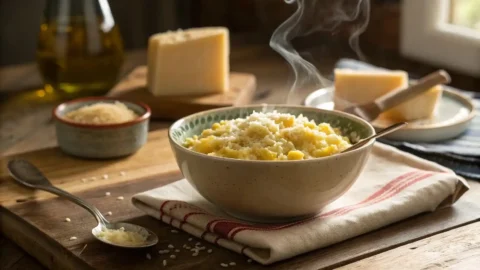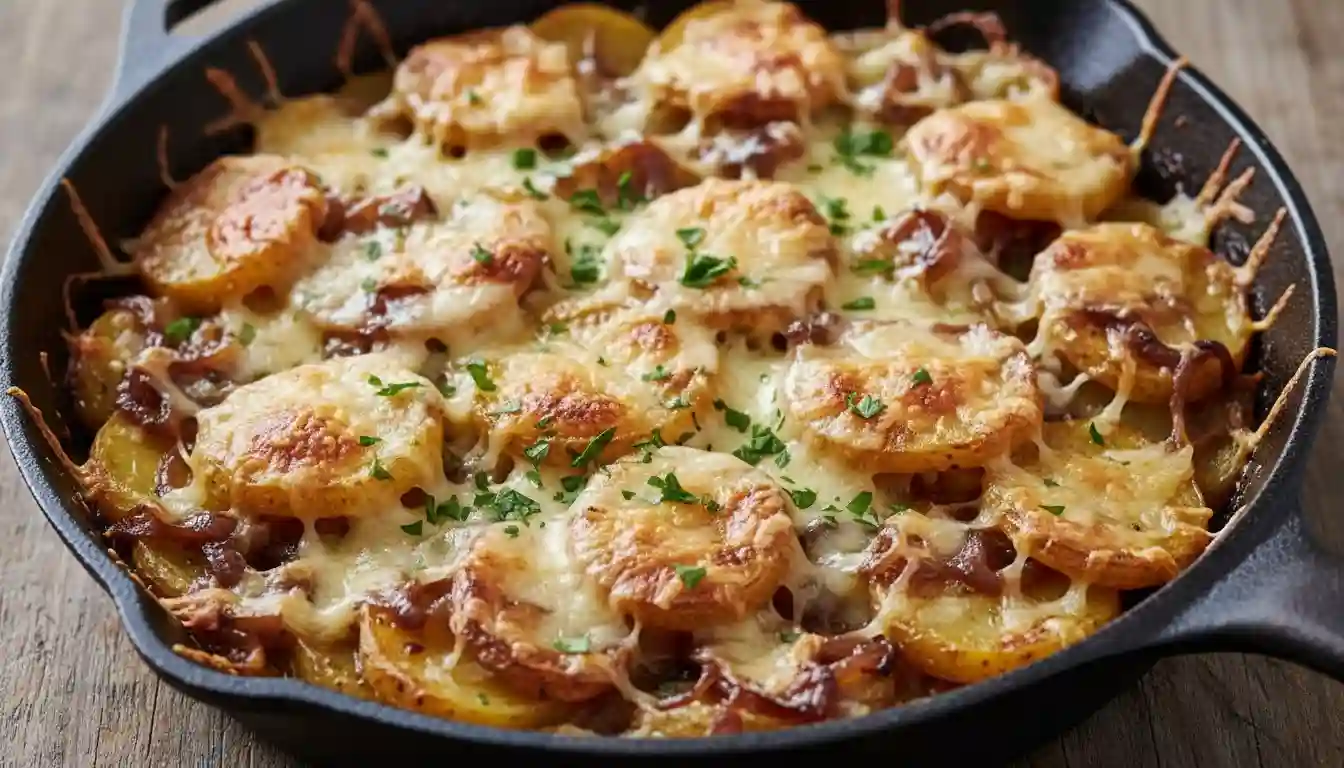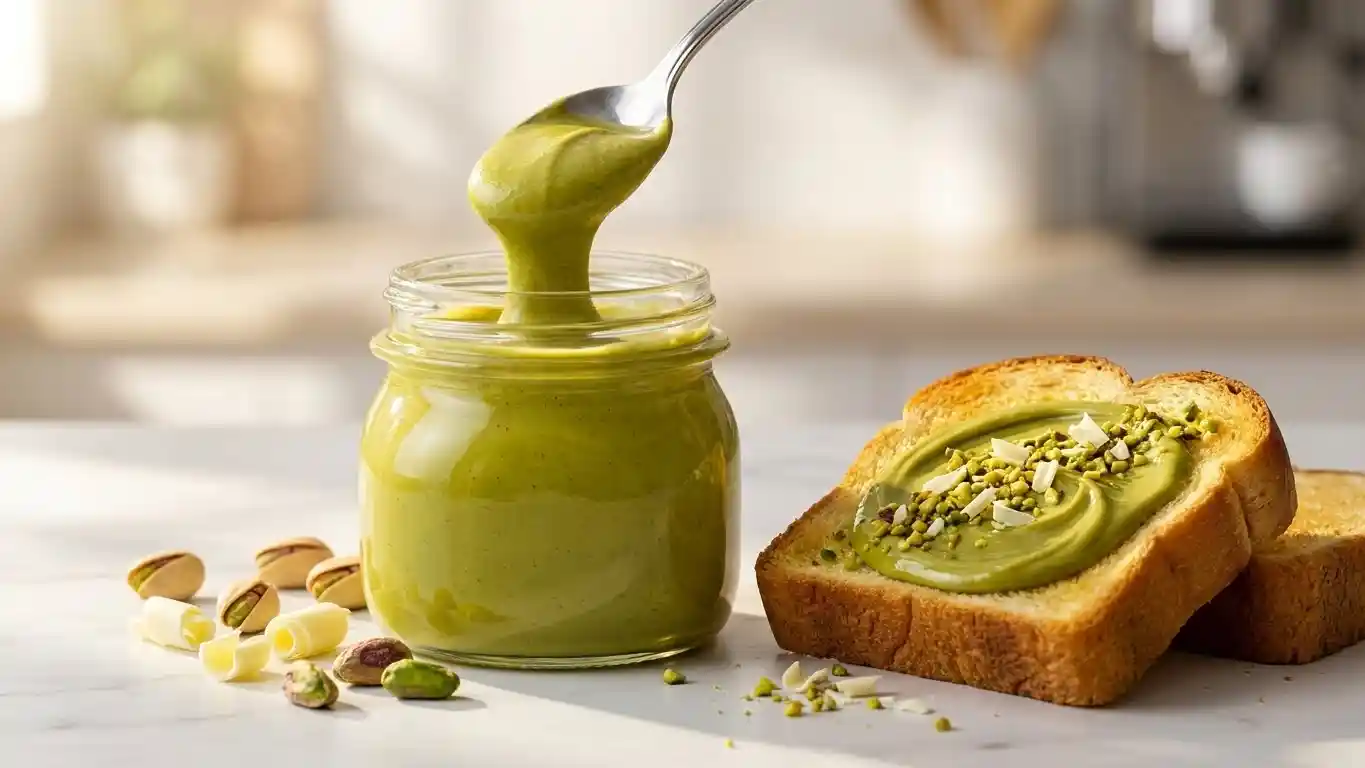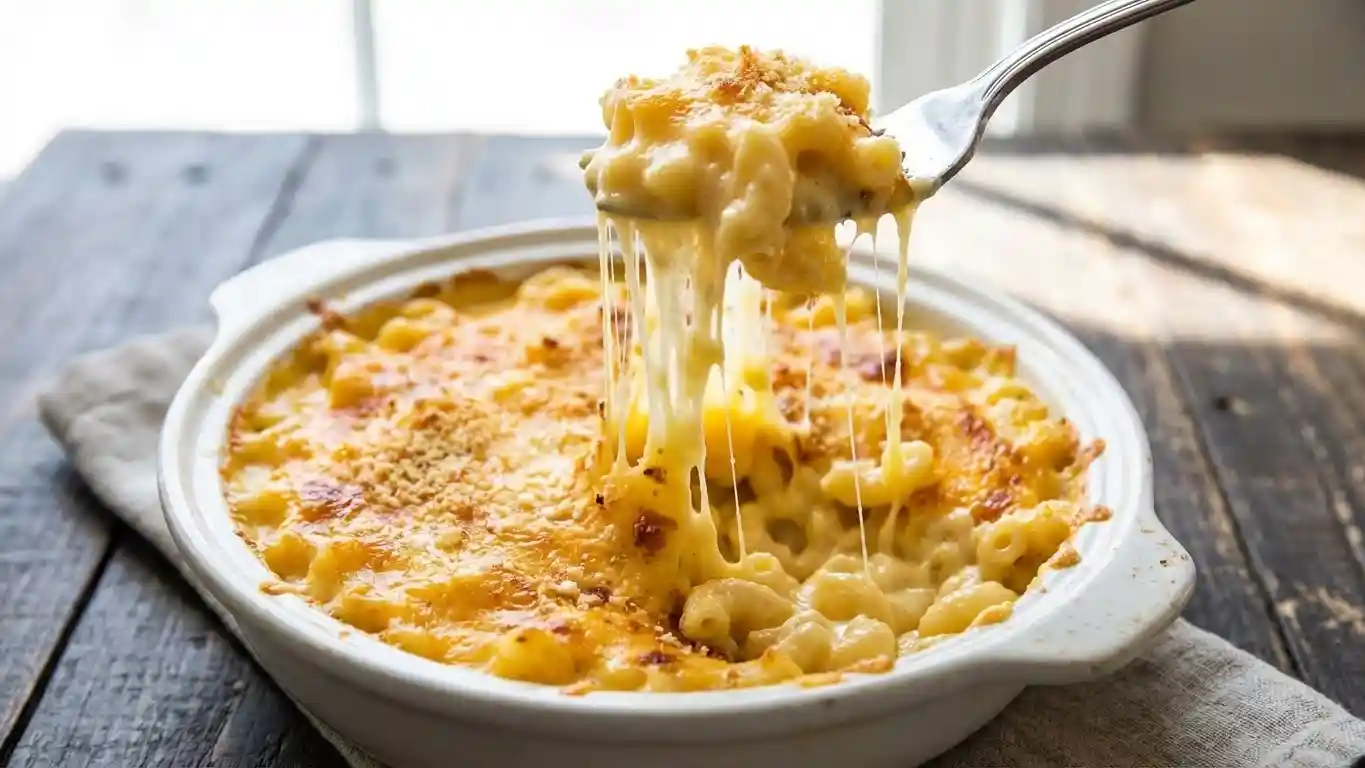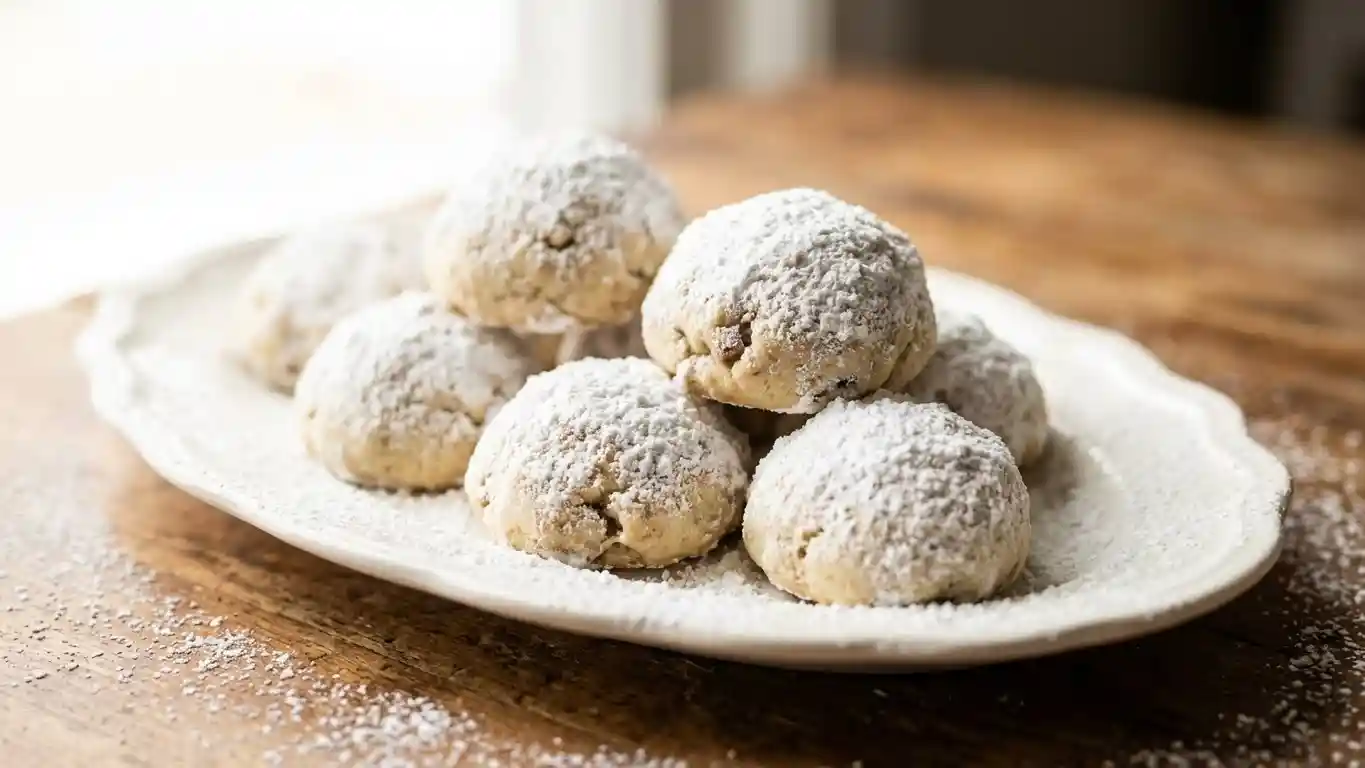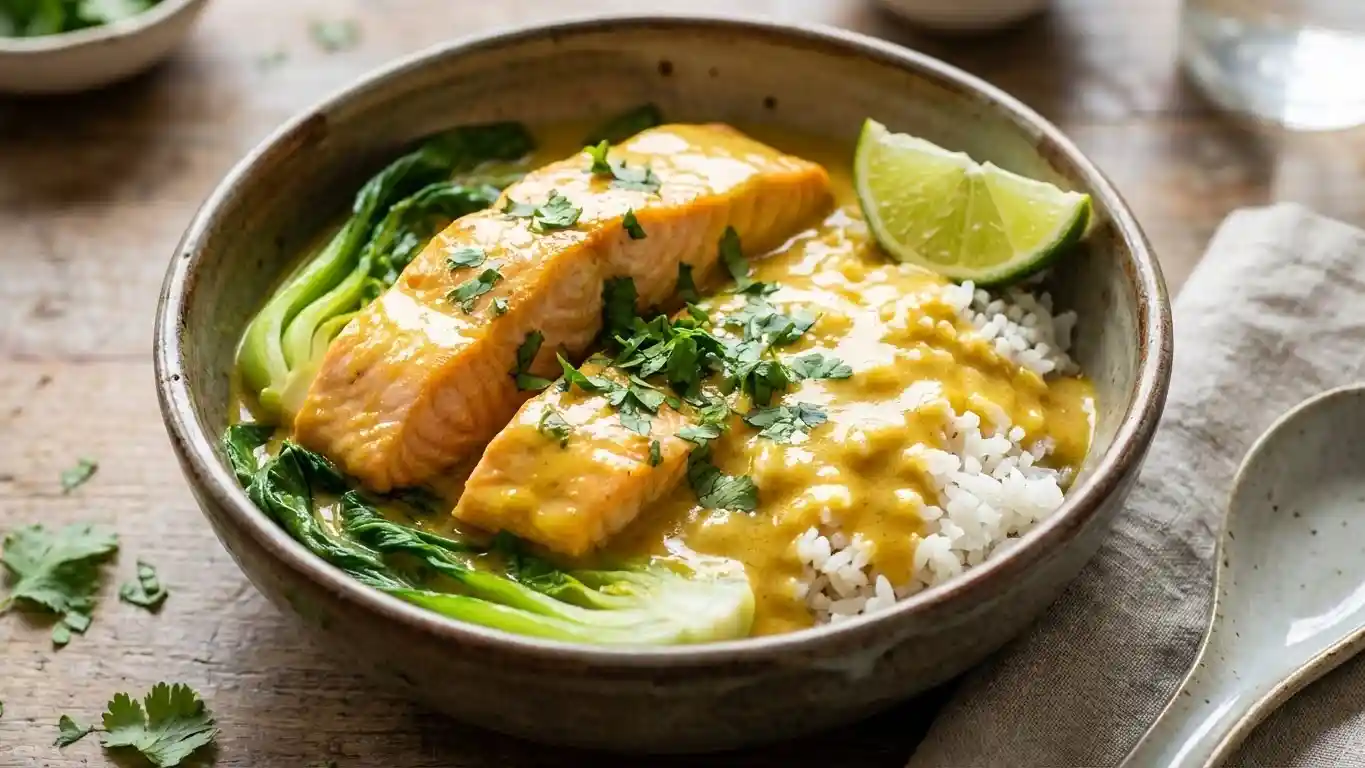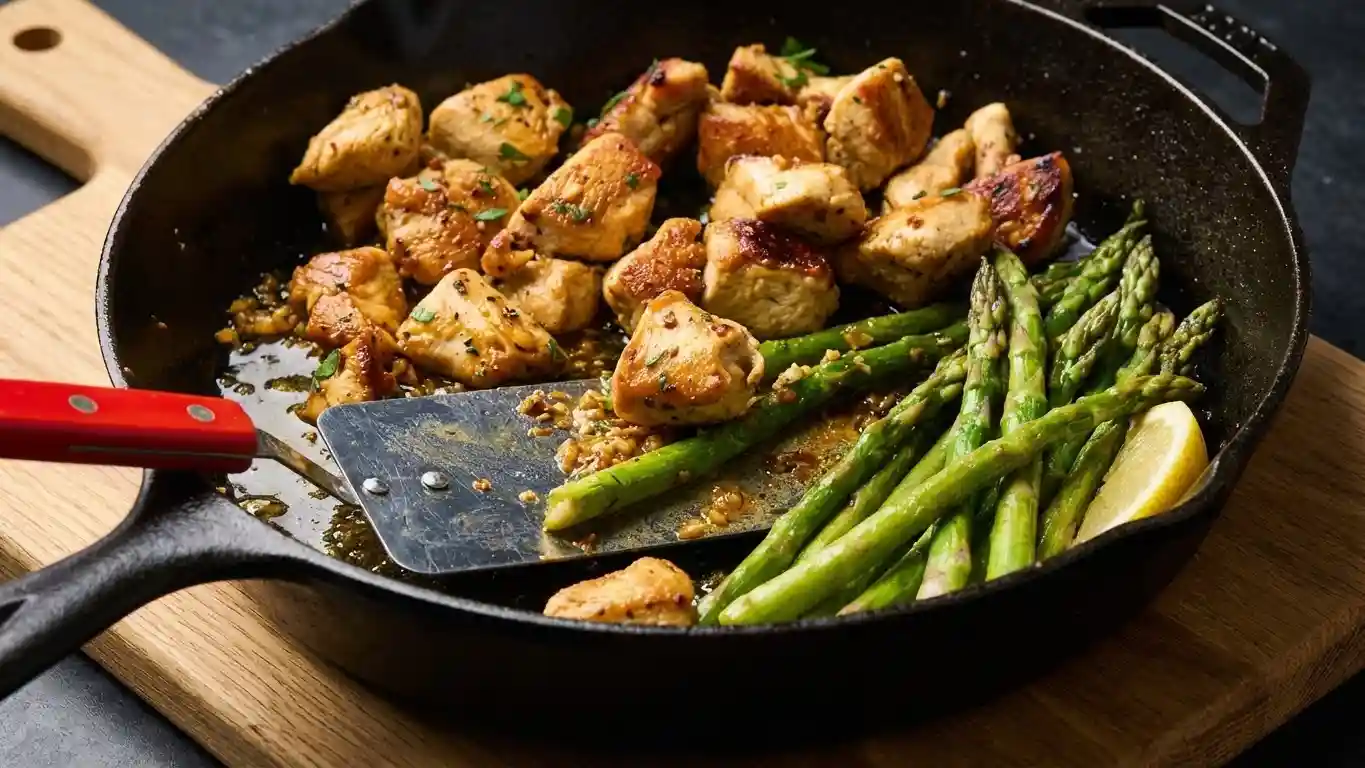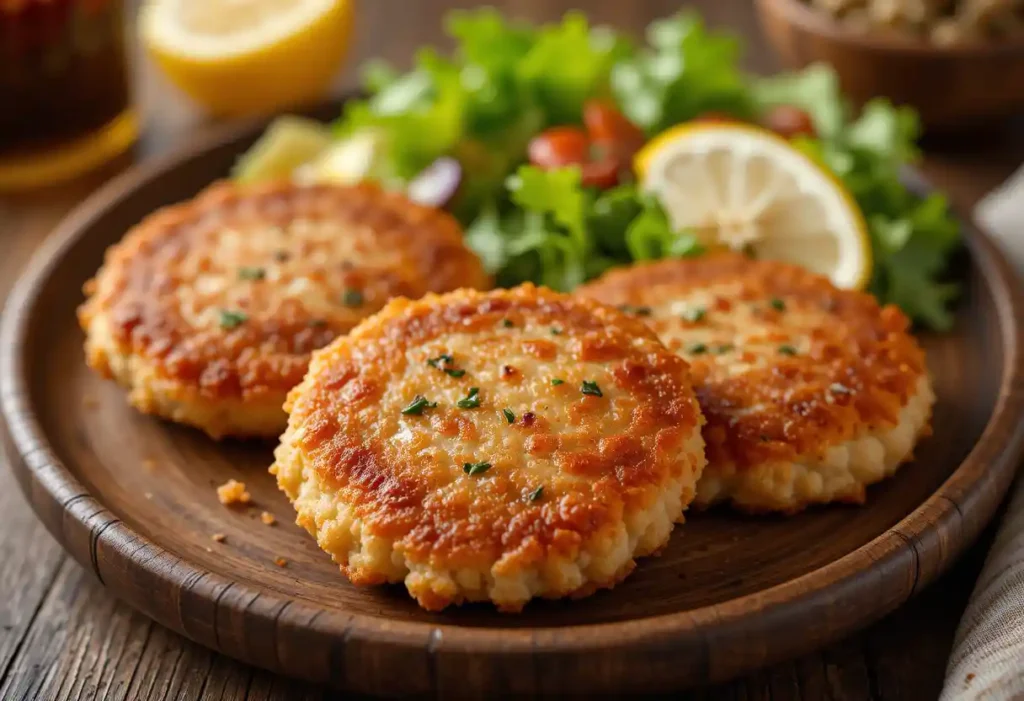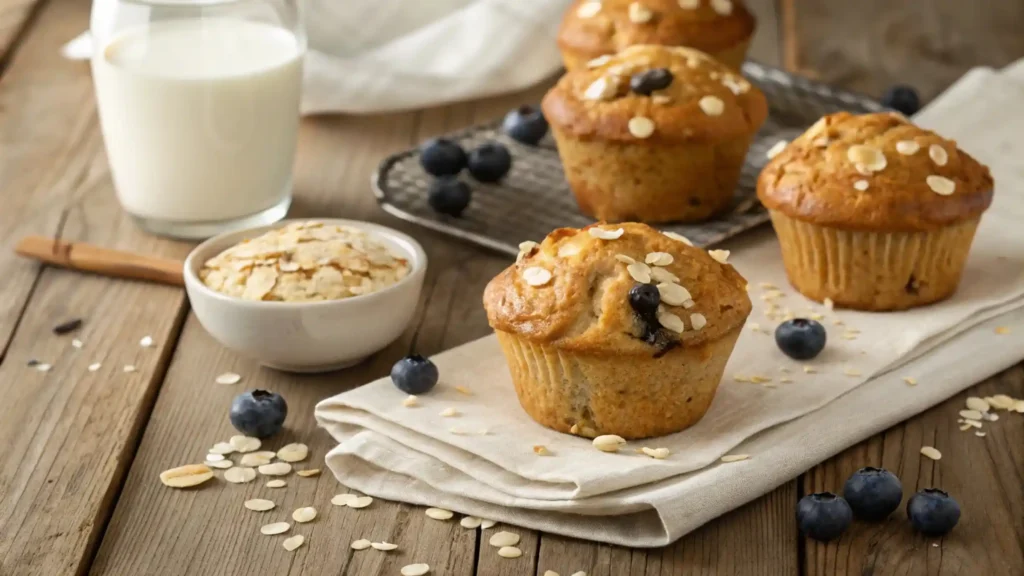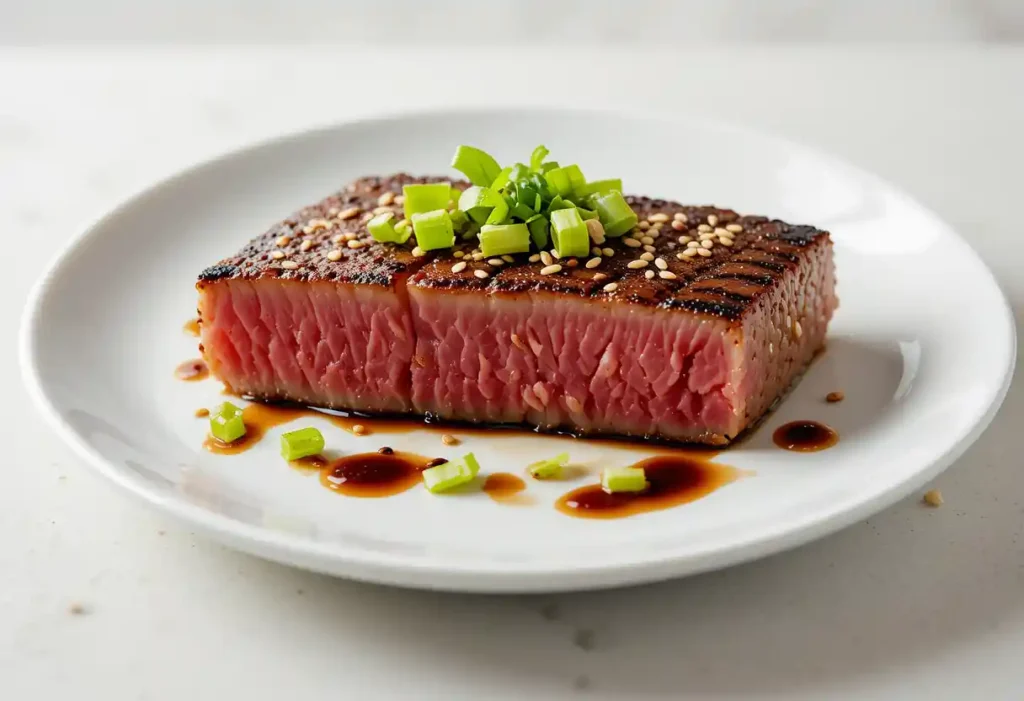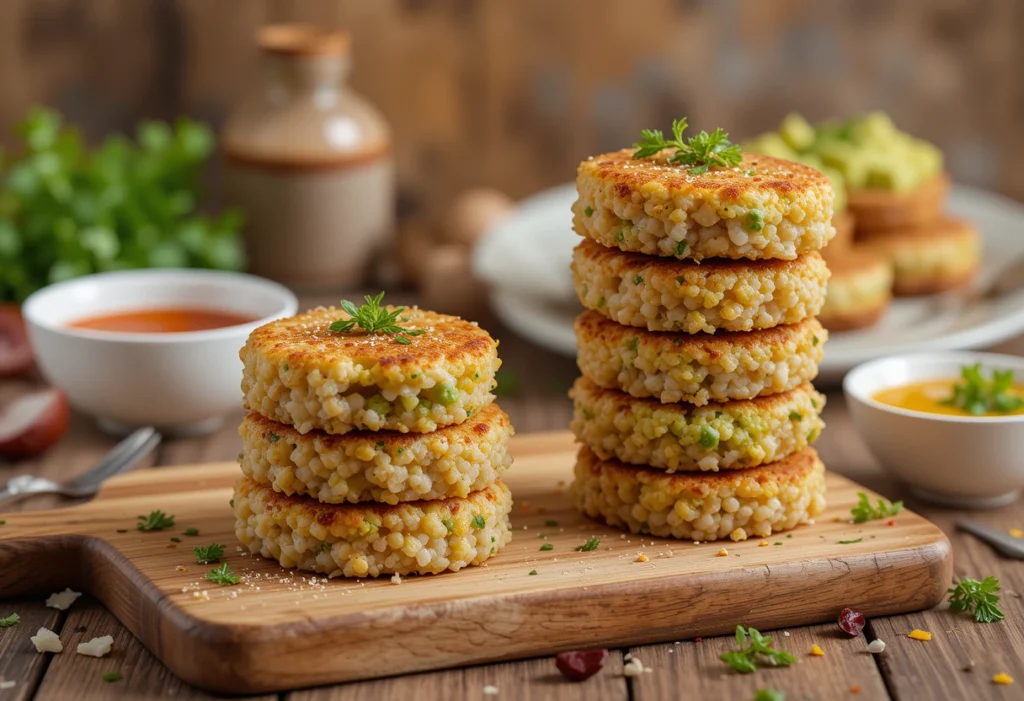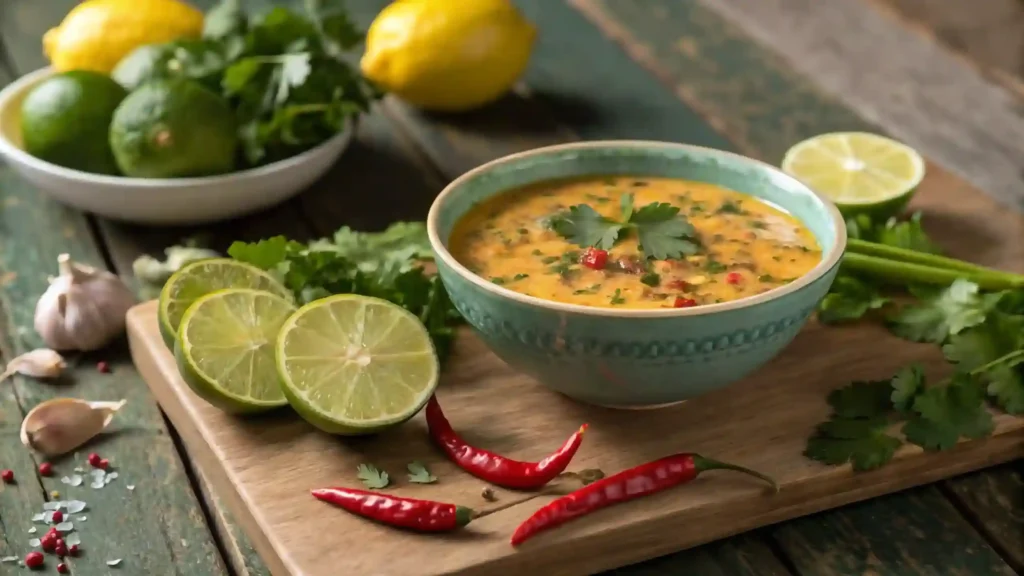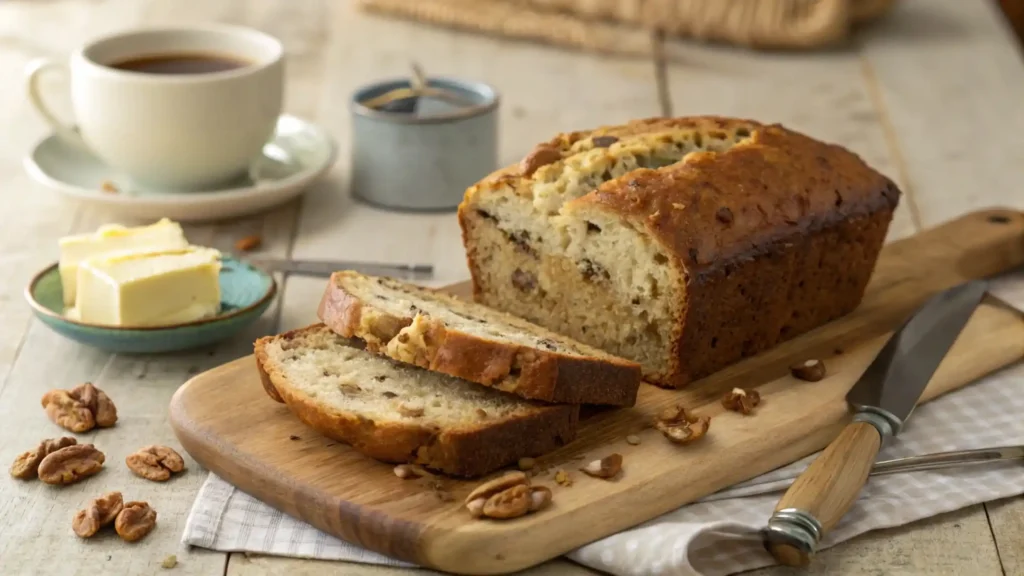Ever had one of those chilly evenings when all you crave is something simple, warm, and soul-soothing? That’s exactly where this pastina recipe shines—a tiny pasta dish with big comforting vibes. Known as a beloved staple in many Italian homes, pastina is more than just food—it’s a cozy weeknight miracle that brings back memories of being wrapped in a blanket, spoon in hand.
Table of Contents
Key Benefits of This Pastina Recipe
When life gets hectic and dinner feels like a chore, this pastina recipe steps in like a trusted friend. It’s more than just a meal—it’s a comforting ritual that brings warmth, simplicity, and satisfaction to your table, especially on busy weeknights. Let’s take a look at why this tiny pasta dish deserves a spot in your go-to recipe collection.
Why You’ll Love It
- Quick and Easy
You can have this meal on the table in under 20 minutes from start to finish. With minimal prep and just a handful of ingredients, it’s perfect for those nights when you want a homemade dish without the fuss. - Perfect for All Ages
From toddlers to grandparents, everyone loves a warm bowl of creamy pastina. It’s gentle on the stomach, making it a favorite for picky eaters, sick days, or anyone needing a little comfort. - Pantry-Friendly
No fancy ingredients here. Most of what you need—tiny pasta, broth, butter, and cheese—is probably already in your kitchen. That makes it a reliable choice when grocery runs just aren’t in the cards. - Customizable Comfort
Whether you like yours silky smooth with a touch of egg or a bit heartier with veggies or shredded chicken, this recipe is endlessly adaptable. We’ll share some creative variations later on to keep things exciting. - Rich in Nostalgia
If you grew up in an Italian household (or wished you did), this dish will instantly transport you. It’s a meal steeped in tradition, often served as a first food for babies or a soothing remedy during recovery.
What Makes It a Weeknight Miracle
- Minimal Cleanup
One pot is all you need. Less time washing dishes means more time to unwind after a long day. - Balanced and Nourishing
Despite its simplicity, pastina offers a comforting balance of carbs, fat, and protein—especially when made with bone broth and finished with a softly whisked egg. - Fills You Up Without Weighing You Down
It’s satisfying yet light, making it ideal as a standalone meal or a cozy starter.
In a world of complicated recipes and endless choices, this pastina recipe is a gentle reminder that some of the best meals are also the simplest. Ready to dive in? Let’s gather the ingredients that make this comfort classic so special.
Ingredients for the Perfect Pastina Recipe
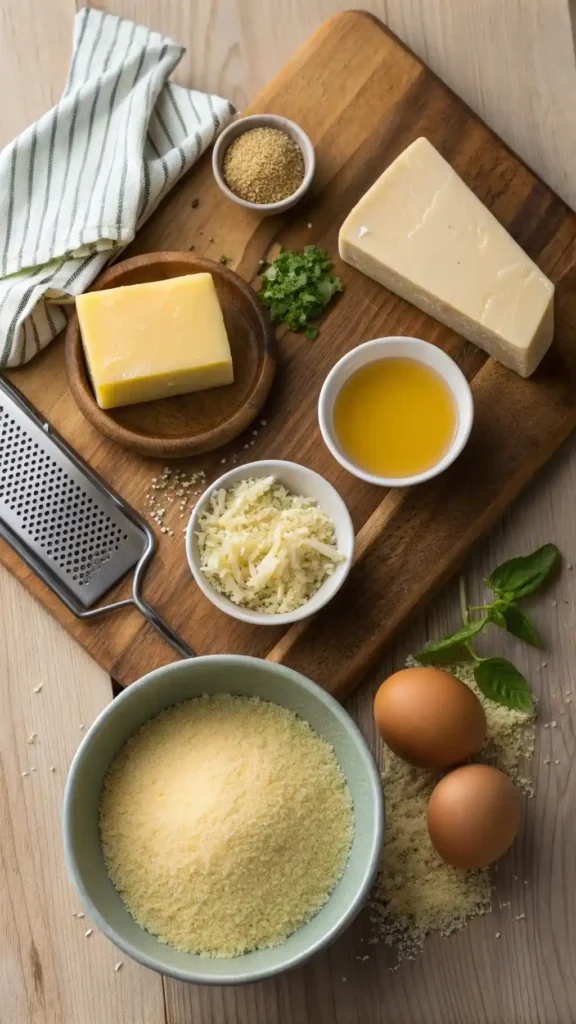
This pastina recipe shines in its simplicity, relying on everyday ingredients to create a dish that’s both comforting and nourishing. Whether you’re cooking for one or preparing a gentle meal for the whole family, the beauty lies in how just a few components come together to form something so satisfying.
Below, you’ll find the core ingredients you’ll need, along with helpful notes to ensure every bite delivers warmth and flavor.
Essential Ingredients
- ½ cup pastina (tiny pasta such as acini di pepe or stelline)
These small pasta shapes cook quickly and create a creamy texture when stirred with liquid. Look for varieties like stelline (little stars) or acini di pepe (peppercorn-sized beads) for that classic feel. - 2 cups chicken broth or vegetable broth
A rich broth infuses the pastina with flavor from the very beginning. Opt for low-sodium broth so you can better control the saltiness. For a heartier dish, homemade or bone broth adds extra depth. - 1 tablespoon unsalted butter
Adds creaminess and a silky finish. If you prefer a dairy-free version, a touch of olive oil works well too. - 1 egg (optional)
Whisked in at the end, the egg thickens the dish and adds protein, transforming it into a more filling meal. This step is entirely optional but highly recommended for that traditional, custardy texture. - ¼ cup grated Parmesan cheese
Parmesan enhances the flavor with its nutty, salty notes. You can also try Pecorino Romano for a sharper bite. Freshly grated cheese melts better than pre-shredded varieties. - Salt and freshly ground black pepper, to taste
Seasoning matters, especially when working with such simple ingredients. Add gradually and taste as you go to avoid over-seasoning.
Optional Add-Ins and Upgrades
This recipe is incredibly versatile. Consider these additions if you’re looking to switch things up or use what you have on hand:
- Splash of milk or cream – for an extra creamy texture
- Frozen peas or corn – stir in during the last minute of cooking
- Shredded rotisserie chicken – makes it a complete meal
- Chopped spinach or kale – adds nutrients and color
- Garlic or onion powder – subtle background flavor boost
- Lemon zest – brightens up the dish with a fresh note
Ingredient Tips for Best Results
- Use good-quality broth. Since it’s the foundation of the flavor, a rich, clean-tasting broth will make a noticeable difference.
- Don’t overcook the pasta. Pastina cooks fast—often in 5 minutes or less. Stir regularly and remove from heat when it’s just tender.
- Whisk the egg quickly. If you’re adding egg, stir vigorously to avoid scrambling. The goal is a smooth, custard-like consistency.
This ingredient list proves that you don’t need a pantry full of exotic items to make something truly heartwarming. With just a few basics and a little love, you’re well on your way to crafting the kind of meal that soothes from the inside out. Ready to cook? Let’s walk through the steps together.
Instructions – How to Make the Best Pastina Recipe
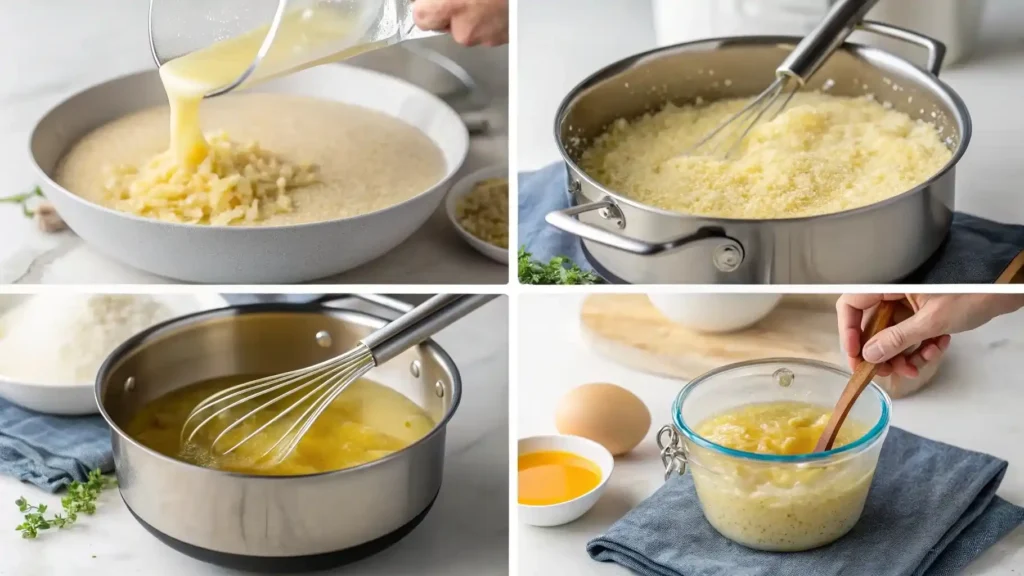
Making this pastina recipe is as comforting as eating it. The process is straightforward, quick, and forgiving—perfect for beginners or anyone needing a no-stress dinner solution. Let’s walk through it together step by step, so you can bring this cozy dish to life with ease and confidence.
Step-by-Step Instructions
1. Bring the broth to a gentle boil.
In a medium saucepan, pour in 2 cups of chicken or vegetable broth. Place it over medium heat and bring it to a gentle boil. This is where the flavor foundation begins—using broth instead of water infuses the pastina with savory depth from the start
Pro Tip: Stir occasionally to prevent the bottom from scorching, especially if using a rich, homemade broth.
2. Stir in the pastina.
Once the broth is bubbling lightly, add ½ cup of pastina to the pot. Stir well to prevent clumping and ensure the pasta doesn’t stick to the bottom.
Helpful Hint: Because pastina cooks quickly—usually within 4 to 6 minutes—stay nearby and stir often for even cooking and creamier texture.
Want to try the creamy beef and shells recipe?
3. Simmer and watch for thickness.
Let the pastina simmer, uncovered, until it becomes tender and the broth is mostly absorbed. You’re aiming for a thick, porridge-like consistency, not soupy or overly dry.
Keep in Mind: The pasta will continue to absorb liquid as it sits, so remove it from the heat just before it gets too thick.
4. Stir in butter for creaminess.
Add 1 tablespoon of unsalted butter and stir until it melts completely. This step gives the dish its signature silky finish
Variation: Swap butter with a drizzle of olive oil for a dairy-free version that still delivers smooth texture.
5. Add the egg (optional, but classic).
If you’re including the egg, beat 1 egg in a small bowl. Then, while stirring the pastina constantly, slowly drizzle the egg into the hot mixture. Stir briskly to create a rich, velvety texture—similar to egg drop soup
Important: Make sure the pan is off the heat before adding the egg to avoid curdling. The residual heat is enough to cook it gently.
6. Finish with Parmesan and seasoning.
Stir in ¼ cup of grated Parmesan cheese, then season to taste with salt and freshly ground black pepper. The cheese will melt into the mixture, enhancing both texture and flavor.
Optional Boost: A touch of garlic powder, a pinch of nutmeg, or a swirl of cream can elevate the flavor without complicating the process.
Final Texture Check
Your pastina should now be creamy, comforting, and ready to serve. It should hold its shape on a spoon but still have a soft, silky flow. If it’s too thick, add a splash of warm broth or milk to loosen it. If too runny, let it sit for another minute—it will thicken quickly as it cools.
This step-by-step process brings out the best in this classic Italian comfort food while giving you room to adjust to your taste. Whether you’re making it for a quick solo dinner or serving it to someone who needs a little extra love, this recipe delivers comfort in every spoonful.
Next, let’s explore a few expert tips and variations to make your pastina truly your own.
Pro Tips and Variations to Elevate Your Pastina Recipe
One of the best parts about this pastina recipe is how adaptable it is. Whether you’re craving extra richness, need to accommodate dietary preferences, or just want to try something new, there are countless ways to make this comforting dish your own.
Below are some expert tips and creative variations that will help you get the most out of every spoonful.
Pro Tips for Perfect Pastina Every Time
1. Use high-quality broth.
Since broth forms the flavor base, a rich, well-seasoned stock makes a big difference. If you’re using store-bought, go for low-sodium to avoid an overly salty result. Homemade broth will always take the dish up a notch.
2. Stir consistently.
Pastina is small and delicate, and it tends to settle at the bottom of the pot. Stirring regularly prevents sticking and promotes a creamy, even texture without needing cream.
3. Watch the texture closely.
Pastina can go from silky to sticky in seconds. Remove it from heat while it’s still slightly loose—it will continue thickening as it rests.
4. Adjust the egg technique.
If adding an egg, whisk it thoroughly before pouring and stir continuously as you add it in. This ensures it incorporates smoothly and creates that luscious, custard-like texture.
5. Grate your own cheese.
Pre-grated cheeses often contain anti-caking agents that don’t melt as smoothly. Freshly grated Parmesan or Pecorino melts better and provides richer flavor.
Tasty Variations to Try
Whether you’re switching things up for dietary needs or just feeling adventurous, these variations add new dimensions to the classic pastina experience.
Comfort Food Upgrades
- Creamy Pastina: Add a splash of whole milk, half-and-half, or cream after cooking for extra richness.
- Cheesy Pastina: Mix in mozzarella or fontina for a gooey texture, or top with a little extra Parmesan before serving.
Flavor Boosters
- Garlic & Herb: Sauté a clove of minced garlic in the butter before adding it to the cooked pastina. Stir in chopped fresh parsley or basil at the end.
- Lemon Twist: A pinch of lemon zest adds brightness and balances the richness.
- Spiced Up: Add a sprinkle of red pepper flakes or a dash of white pepper for gentle heat.
Protein and Veggie Add-Ins
- Chicken Pastina: Stir in shredded rotisserie chicken for a complete, protein-packed meal.
- Egg Drop Style: Skip the cheese and let the egg shine, creating a light and brothy version reminiscent of Italian stracciatella.
- Veggie Boost: Fold in cooked peas, carrots, or chopped spinach for added nutrition and color.
Diet-Friendly Swaps
- Dairy-Free: Use olive oil in place of butter, and skip the cheese or use a dairy-free alternative.
- Gluten-Free: Substitute traditional pastina with a certified gluten-free small pasta or rice-shaped pasta.
Making It Your Own
Think of this pastina recipe as your culinary canvas. The base is humble and versatile—ideal for personalization without sacrificing comfort or ease. Whether you’re feeding kids, adjusting to dietary needs, or treating yourself to something cozy, these tips and tweaks ensure it always hits the spot.
Next up, let’s explore how to serve this dish in ways that turn a simple bowl of pastina into a fully satisfying meal.
Serving Suggestions for a Cozy Pastina Experience
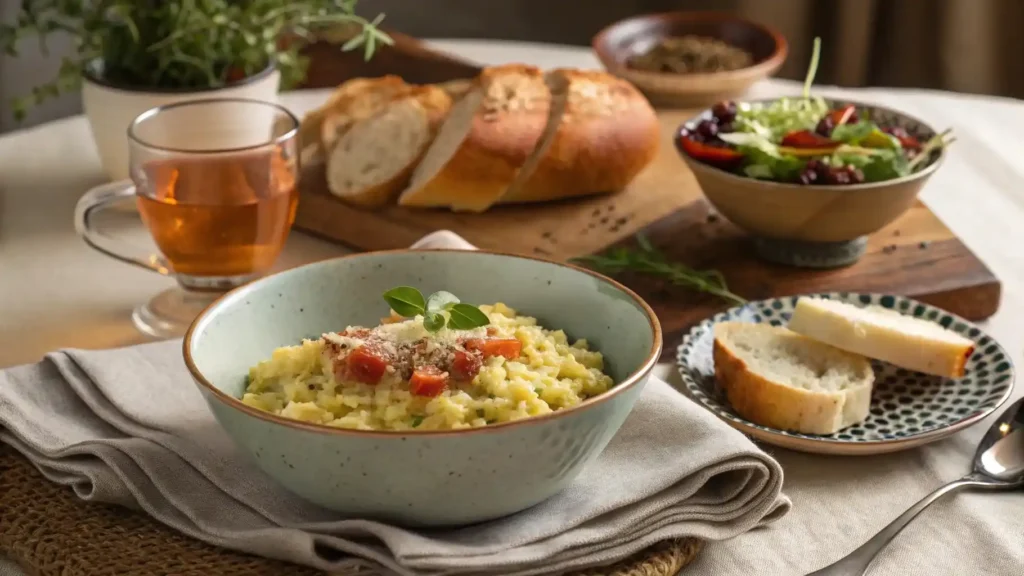
Once your pot of warm, creamy pastina is ready, it’s time to enjoy it—but how you serve it can make all the difference. Whether you’re preparing a quiet weeknight dinner or creating a comforting plate for someone who needs a little extra care, the presentation and pairing choices add that special touch.
This humble Italian comfort food can stand alone or be elevated with simple additions. Below are practical serving ideas to suit every occasion.
1. Serve as a Standalone Main Dish
When prepared with broth, butter, egg, and cheese, pastina becomes a complete meal in itself—comforting, nourishing, and satisfying.
- Best for: sick days, solo dinners, kids’ meals, cozy nights in
- Pro Tip: Top with an extra sprinkle of Parmesan and a crack of black pepper just before serving for added depth.
2. Pair It with a Light Side
If you’d like to build a more rounded dinner, pastina pairs beautifully with light, fresh sides that balance its richness.
Try these combinations:
- Simple green salad with lemon vinaigrette
- Steamed or roasted vegetables, such as carrots, zucchini, or green beans
- Sautéed spinach with garlic and olive oil for a nutrient boost
- Caprese salad if you’re leaning into Italian flavors
3. Add Protein for a Heartier Meal
To turn pastina into a more substantial dinner, a mild, lean protein works beautifully alongside or stirred directly in.
Serving Ideas:
- Shredded rotisserie chicken mixed in for a cozy one-bowl meal
- Poached or soft-boiled egg placed on top, then cracked open to release the yolk
- Crumbled Italian sausage for a more robust, savory flavor
- Crispy tofu cubes or chickpeas if you’re keeping things plant-based
4. Use It as a Starter or Side
In Italian tradition, pastina is often served as a first course—a warm and gentle beginning to a larger meal. If you’re planning a full spread, consider starting with a small bowl of pastina before a main course.
- As a starter: Follow with a protein like roasted chicken or grilled fish
- As a side: Pair with baked eggplant, meatballs, or a hearty stew
5. Add a Finishing Touch
Sometimes, it’s the little things that elevate a dish from good to great. Try these finishing touches just before serving:
- A drizzle of good-quality olive oil
- A few shavings of Pecorino Romano
- A pinch of freshly chopped herbs like parsley or basil
- A light squeeze of lemon for brightness, especially if you’ve added greens
Serving Vessels That Enhance the Experience
Presentation matters, especially when you’re cooking something so emotionally tied to comfort and care.
- Use wide, shallow bowls to showcase the creamy texture and allow for even cooling.
- For kids or sick days, mugs or handled bowls make it easier to manage while curled up on the couch.
- Want to elevate it? Serve it in a rustic ceramic bowl with fresh herbs and crusty bread on the side.
Whether you keep it simple or turn it into a fuller meal, pastina has a unique ability to feel both familiar and special. Its gentle, warming nature makes it one of those dishes that brings people together—no matter how you choose to serve it.
Now, let’s wrap it all up with some final thoughts and frequently asked questions to help you get even more out of this versatile, heartwarming recipe.
FAQs – Your Pastina Recipe Questions, Answered
Cooking something new—or even something familiar—can sometimes come with a few uncertainties. That’s why we’ve rounded up the most frequently asked questions about this comforting pastina recipe, so you feel confident from the first stir to the last spoonful.
1. What kind of pasta is considered pastina?
Pastina literally means “little pasta” in Italian. Traditionally, it refers to tiny shapes like acini di pepe, stelline (stars), or ditalini. Any very small pasta will work, as long as it cooks quickly and blends into a creamy consistency.
Tip: Look for pastina in the pasta aisle, often near other soup noodles or imported Italian varieties.
2. Can I make pastina without broth?
Yes, you can substitute water for broth, but keep in mind that broth adds much of the flavor. If using water, be sure to season well with salt and consider adding aromatics like garlic or a pinch of onion powder to enrich the flavor.
For a richer alternative, consider using milk or a blend of milk and water for a creamier base.
3. Is pastina gluten-free?
Traditional pastina is made from wheat, so it’s not gluten-free. However, many brands now offer gluten-free alternatives, including tiny rice-shaped or corn-based pastas. Always check the label to ensure it fits your dietary needs.
Pro tip: Cook gluten-free versions gently and test early to avoid mushiness.
4. Can I make this recipe dairy-free?
Absolutely. For a dairy-free pastina recipe, use olive oil or vegan butter in place of regular butter, and skip the cheese or use a plant-based substitute. You’ll still get a rich, satisfying texture—especially if you use a flavorful broth.
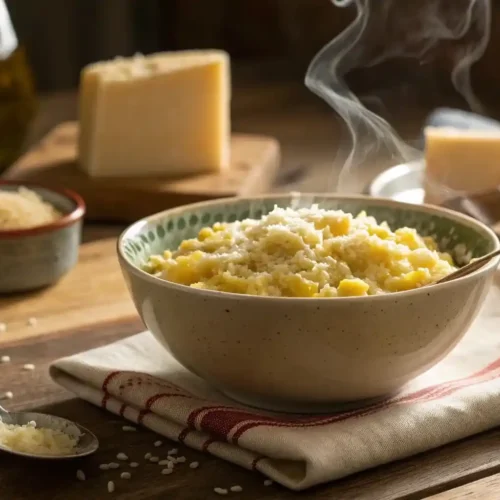
pastina recipe
Ingredients
- Essential Ingredients
- ½ cup pastina tiny pasta such as acini di pepe or stelline
- These small pasta shapes cook quickly and create a creamy texture when stirred with liquid. Look for varieties like stelline little stars or acini di pepe (peppercorn-sized beads) for that classic feel.
- 2 cups chicken broth or vegetable broth
- A rich broth infuses the pastina with flavor from the very beginning. Opt for low-sodium broth so you can better control the saltiness. For a heartier dish homemade or bone broth adds extra depth.
- 1 tablespoon unsalted butter
- Adds creaminess and a silky finish. If you prefer a dairy-free version a touch of olive oil works well too.
- 1 egg optional
- Whisked in at the end the egg thickens the dish and adds protein, transforming it into a more filling meal. This step is entirely optional but highly recommended for that traditional, custardy texture.
- ¼ cup grated Parmesan cheese
- Parmesan enhances the flavor with its nutty salty notes. You can also try Pecorino Romano for a sharper bite. Freshly grated cheese melts better than pre-shredded varieties.
- Salt and freshly ground black pepper to taste
- Seasoning matters especially when working with such simple ingredients. Add gradually and taste as you go to avoid over-seasoning.
- Optional Add-Ins and Upgrades
- This recipe is incredibly versatile. Consider these additions if you’re looking to switch things up or use what you have on hand:
- Splash of milk or cream – for an extra creamy texture
- Frozen peas or corn – stir in during the last minute of cooking
- Shredded rotisserie chicken – makes it a complete meal
- Chopped spinach or kale – adds nutrients and color
- Garlic or onion powder – subtle background flavor boost
- Lemon zest – brightens up the dish with a fresh note
Instructions
Step-by-Step Instructions
Bring the broth to a gentle boil.
- In a medium saucepan, pour in 2 cups of chicken or vegetable broth. Place it over medium heat and bring it to a gentle boil. This is where the flavor foundation begins—using broth instead of water infuses the pastina with savory depth from the start.
- Pro Tip: Stir occasionally to prevent the bottom from scorching, especially if using a rich, homemade broth.
Stir in the pastina.
- Once the broth is bubbling lightly, add ½ cup of pastina to the pot. Stir well to prevent clumping and ensure the pasta doesn’t stick to the bottom.
- Helpful Hint: Because pastina cooks quickly—usually within 4 to 6 minutes—stay nearby and stir often for even cooking and creamier texture.
Simmer and watch for thickness.
- Let the pastina simmer, uncovered, until it becomes tender and the broth is mostly absorbed. You’re aiming for a thick, porridge-like consistency, not soupy or overly dry.
- Keep in Mind: The pasta will continue to absorb liquid as it sits, so remove it from the heat just before it gets too thick.
Stir in butter for creaminess.
- Add 1 tablespoon of unsalted butter and stir until it melts completely. This step gives the dish its signature silky finish.
- Variation: Swap butter with a drizzle of olive oil for a dairy-free version that still delivers smooth texture.
Add the egg (optional, but classic).
- If you’re including the egg, beat 1 egg in a small bowl. Then, while stirring the pastina constantly, slowly drizzle the egg into the hot mixture. Stir briskly to create a rich, velvety texture—similar to egg drop soup.
- Important: Make sure the pan is off the heat before adding the egg to avoid curdling. The residual heat is enough to cook it gently.
Finish with Parmesan and seasoning.
- Stir in ¼ cup of grated Parmesan cheese, then season to taste with salt and freshly ground black pepper. The cheese will melt into the mixture, enhancing both texture and flavor.
- Optional Boost: A touch of garlic powder, a pinch of nutmeg, or a swirl of cream can elevate the flavor without complicating the process.
Notes
Nutrition Information (Per Serving – Approximate)
| Nutrient | Amount |
|---|---|
| Calories | 260 kcal |
| Total Fat | 11g |
| Saturated Fat | 6g |
| Cholesterol | 75mg |
| Sodium | 480mg |
| Total Carbohydrates | 28g |
| Dietary Fiber | 1g |
| Sugars | 1g |
| Protein | 11g |

